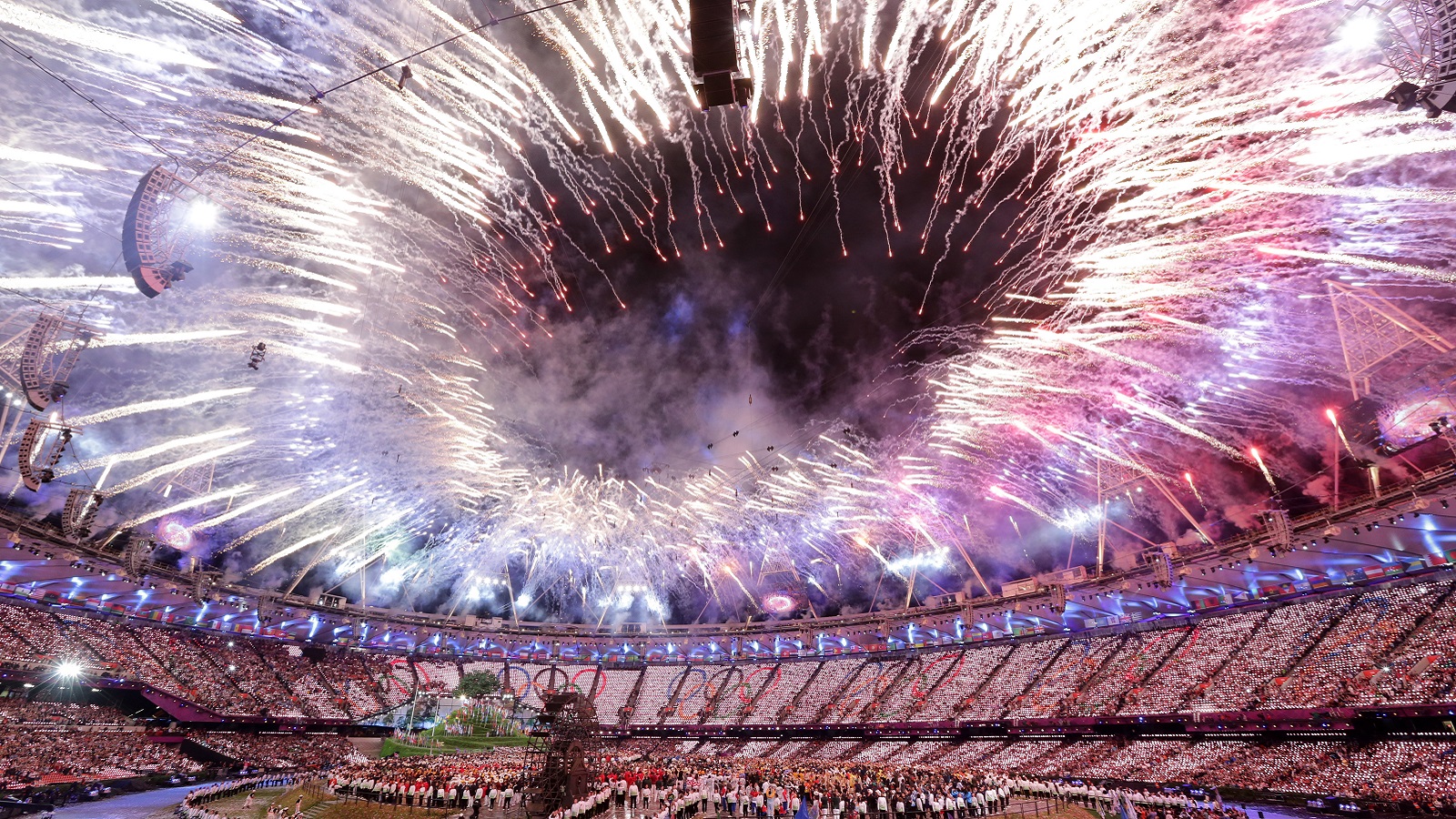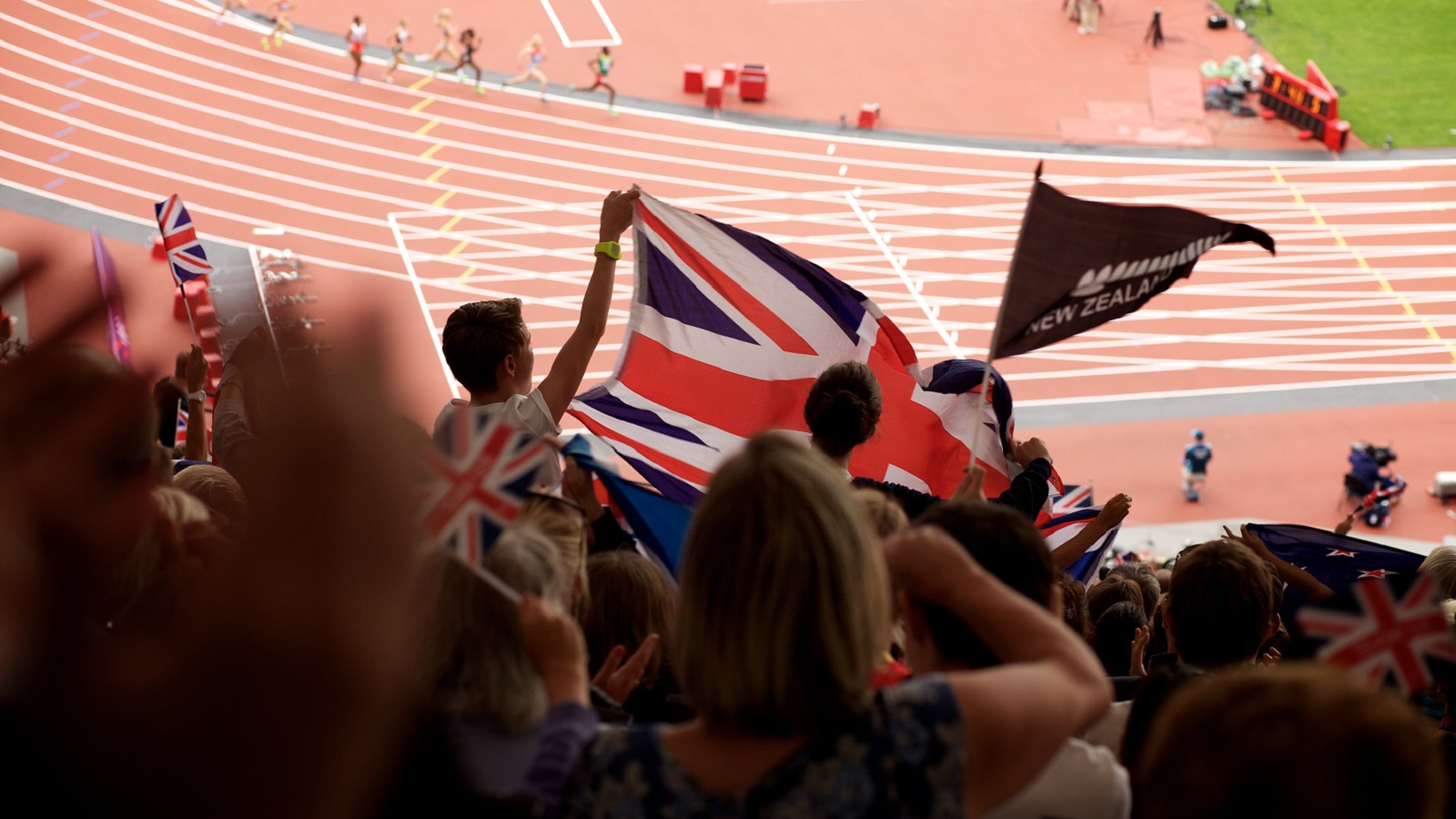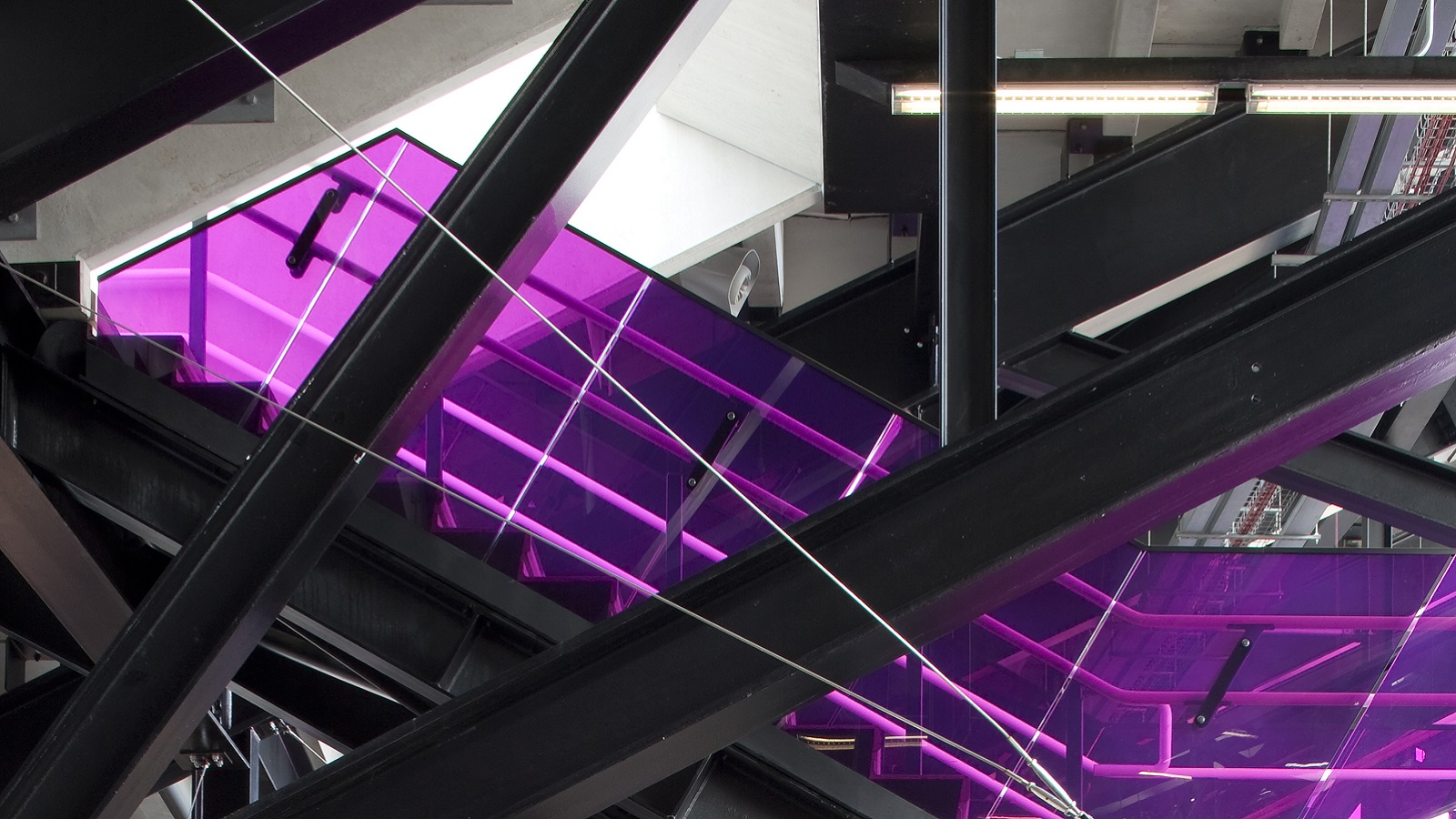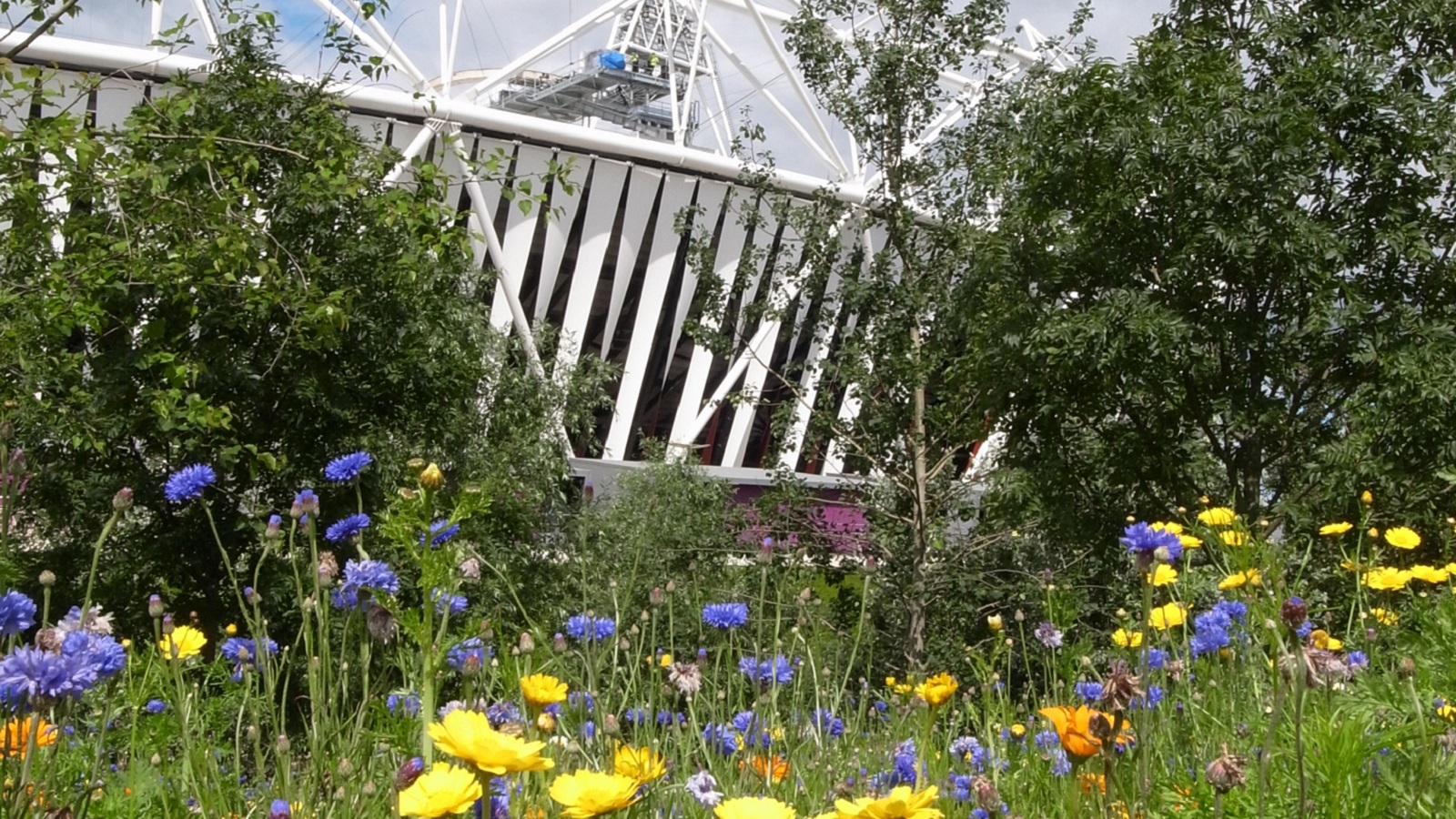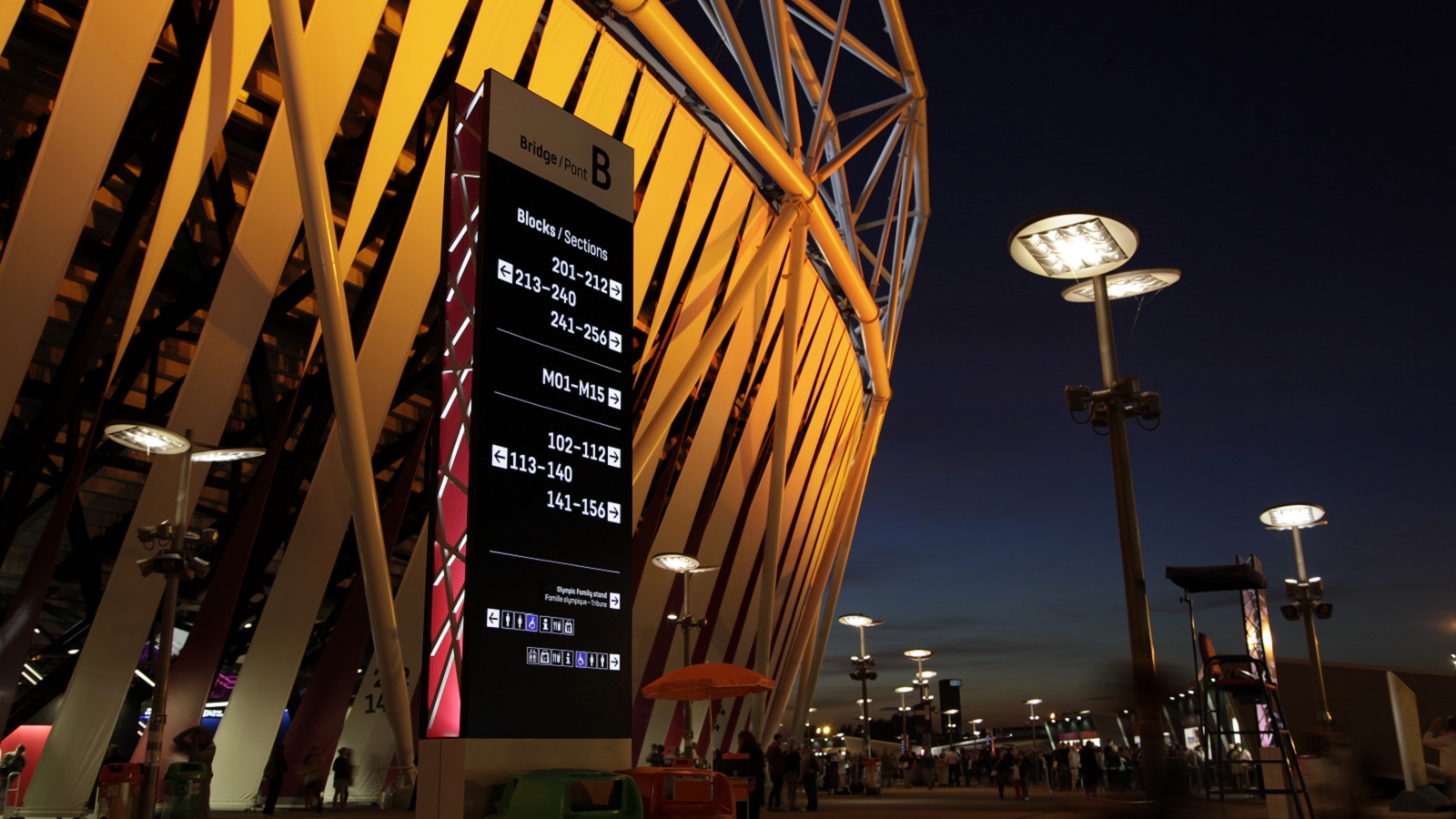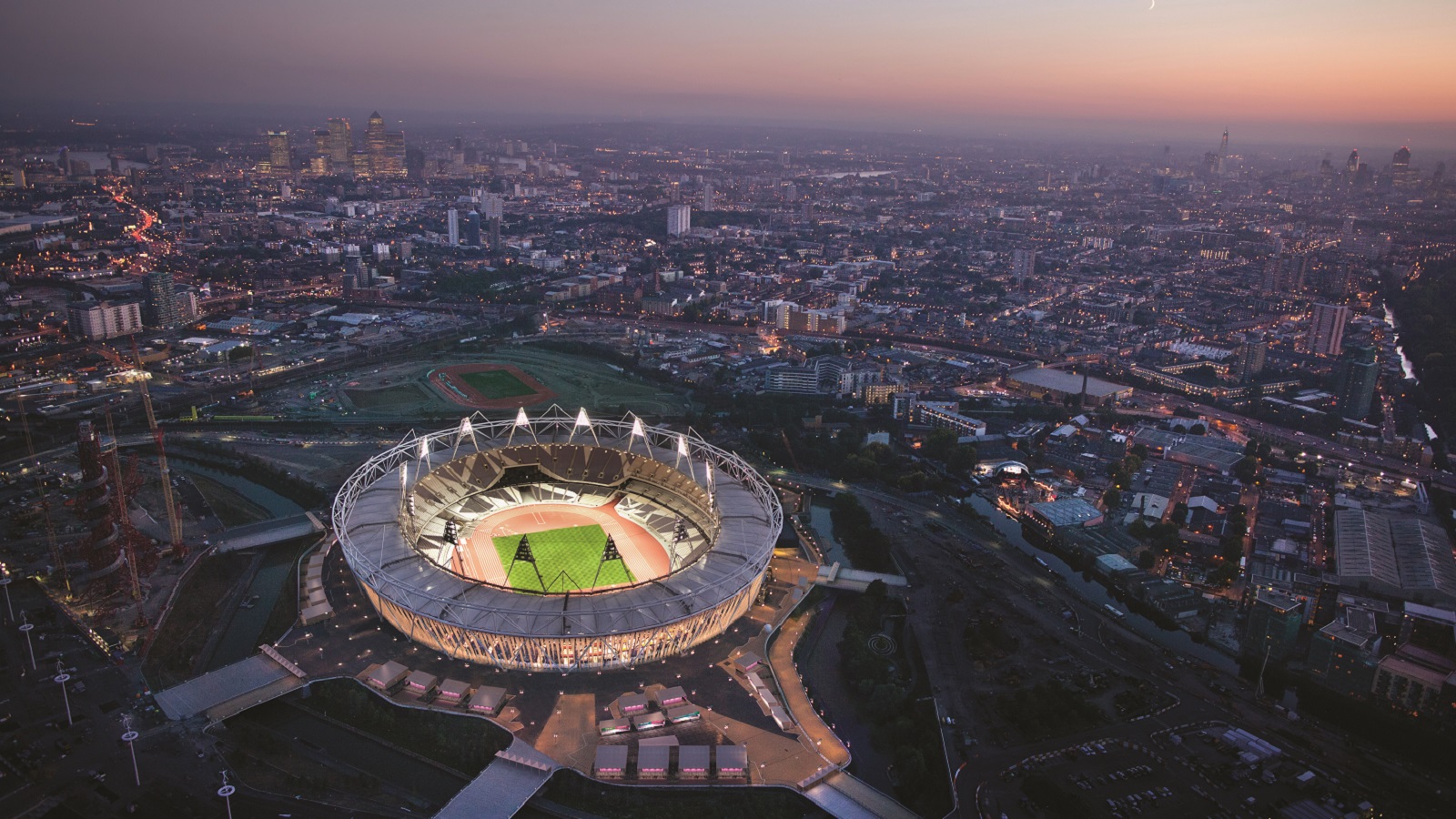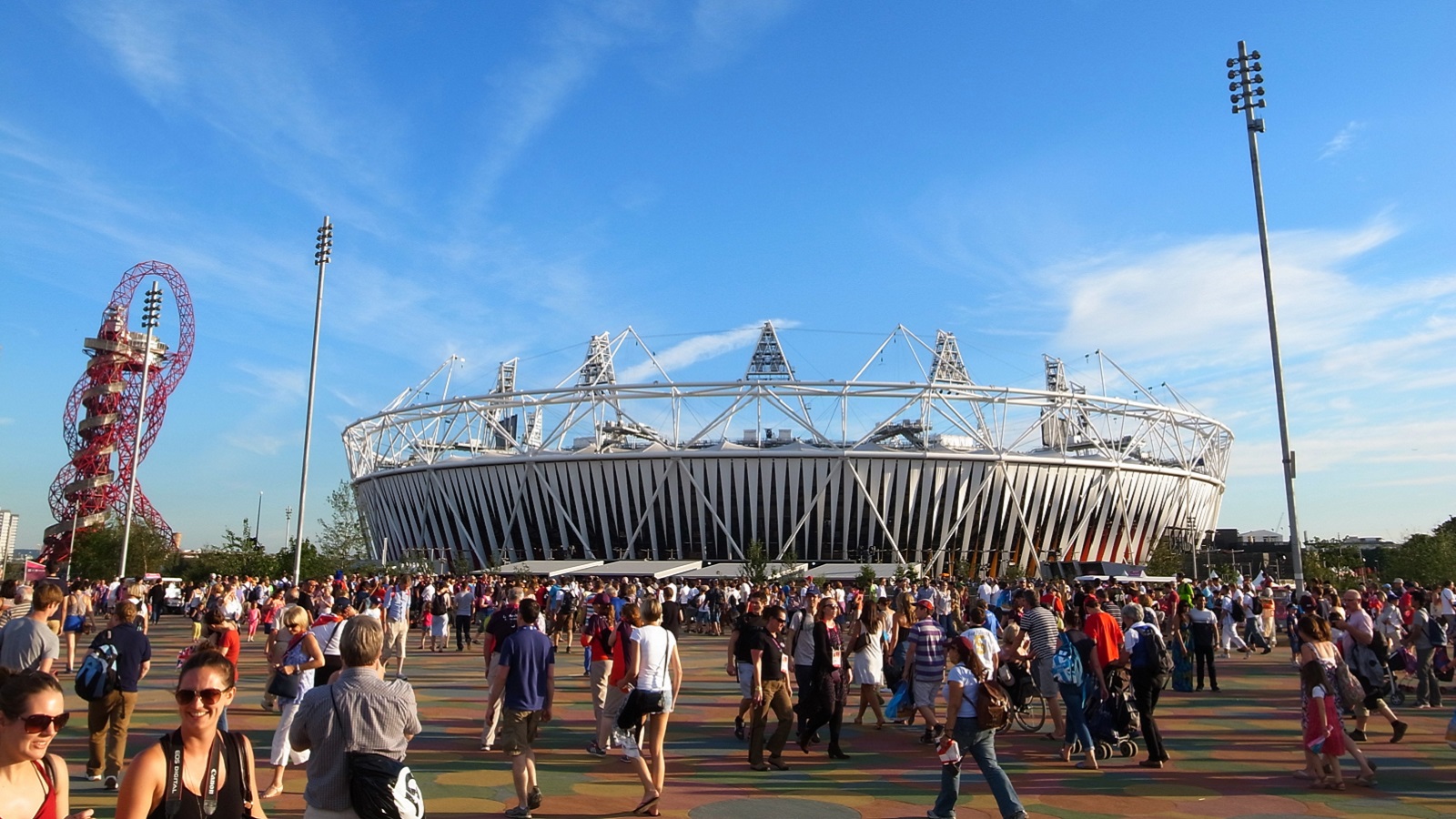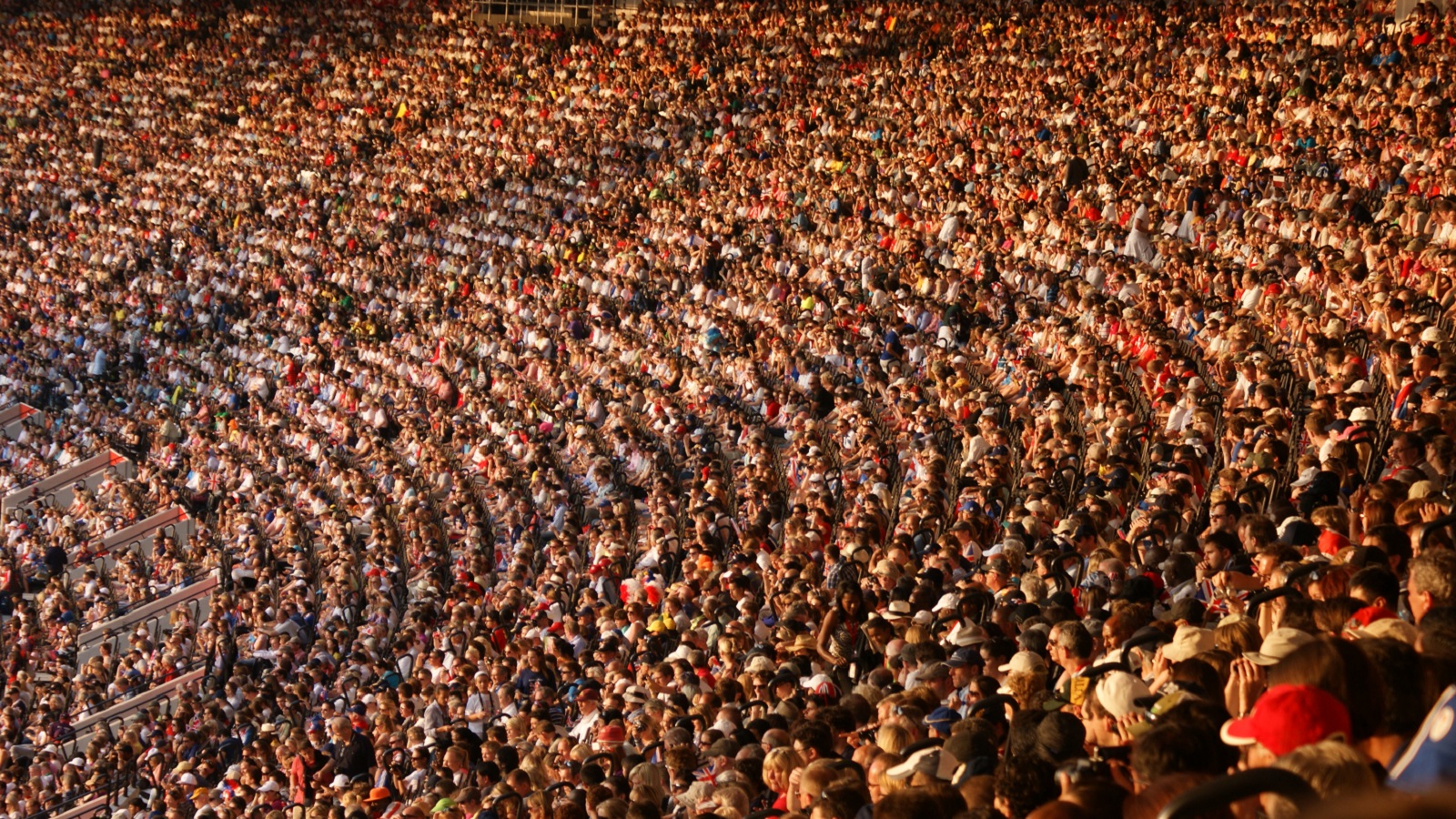London 2012 Olympic Stadium
London, England, United Kingdom
-
Typologies
Mixed-use Venues, Stadiums
-
Building Activities
Concerts, Rugby, Soccer, Track & Field
-
Services
Architecture, Brand Activation, Wayfinding, Interior Design
-
Completion
2011
CHALLENGE. London was the first city to host the Olympic Summer Games for a third time, and the Organising Committee’s brief was to showcase the city’s capability in hosting spectacular, efficient and innovative Olympic and Paralympics Games. Embedded in the London Games design parameters was the need to provide for the future, the legacy of a major event, which requires transformation of the city and the venues — challenging the concept of building permanence.
"The Populous-designed London 2012 stadium was a huge asset in the creation of the Opening Ceremonies for the Games. The creative and production teams were immediately struck by the intimacy and beguiling simplicity of the architecture which enabled the audiences to feel close to the action, the emotion of the performers to be vividly felt and the explosive live atmosphere to translate powerfully to a global audience of billions."
Bill Morris / London 2012 Director of Ceremonies, Education and Live Sites
INNOVATION. To achieve a balance between the immediate needs of the large Games stadium against a long term, small scale venue, Populous embraced the opportunity to develop the architectural language of venue design. We have progressed a new theory of ‘embracing the temporary,’ by exploring form, materials, structure and operational systems to bring a structured palette of elements into a cohesive design. Simple legible forms develop, minimizing the physical weight, fabrication time and embodied energy of each component — bringing together a compact structure formed by demountable connections. This not only enables the overlay of theater and spectacle in staging the Opening and Closing Ceremonies for the 80,000-capacity venue, but also promotes possibilities of transformation after the Games down to a minimum 25,000-seat venue form.
The London Olympic Stadium is sited on a diamond-shaped island between two existing waterways, located within the southern section of the new Olympic Park. The seating bowl is compact, bringing all 80,000 spectators far closer to the event than previous Games venues. The design makes full use of the site’s island situation, providing a complete circuit of spectator podium concourse around the stadium, connected by bridges to the main park. This podium concourse promotes the carnival nature of the event with a perimeter array of spectator facilities, particularly retail and food service, distributed along the natural boundary of the water’s edge. During the three hours of an athletics event, spectators are free to move from their seat out onto the podium to visit these colorful clusters of concession pods, and view across the waterways the activities in the adjacent park and venues.
IMPACT. The key sustainability criteria of reduce, reuse and recycle were adopted to create a compact, flexible and lightweight design. The main Stadium structure is light and elegant, clearly expressed by the external diagonal articulation of the white tubular steel of the roof and the internal slender black steel supporting the temporary upper seating tier. Between these two frames lies the concourse facade, the full height ribbon sections of the fabric ‘wrap.’ The black and white seats provide a neutral backdrop for the interior color of the spectator facilities and pathways, and the animation that spectators will bring to the event.
Awards
- 2015
- IOC/IAKS Awards, Shortlisted, All-Time Award
- 2015
- World Stadium Awards, Shortlisted, Stadium design of the year
- 2014
- Architizer A+ Awards, Sports & Recreation category: Finalist
- 2013
- IOC/IAKS, Silver Award, Major outdoor stadiums
- 2013
- Civic Trust Award
- 2012
- RIBA Stirling Prize Shortlist
- 2012
- National RIBA Award
- 2012
- Structural Engineer Award
- 2012
- AIA KC Honor Award
- 2012
- The Structural Steel Design Awards
- 2012
- World Stadium Awards, Most sustainable stadium design concept
- (Regional)
- Building Control Award
